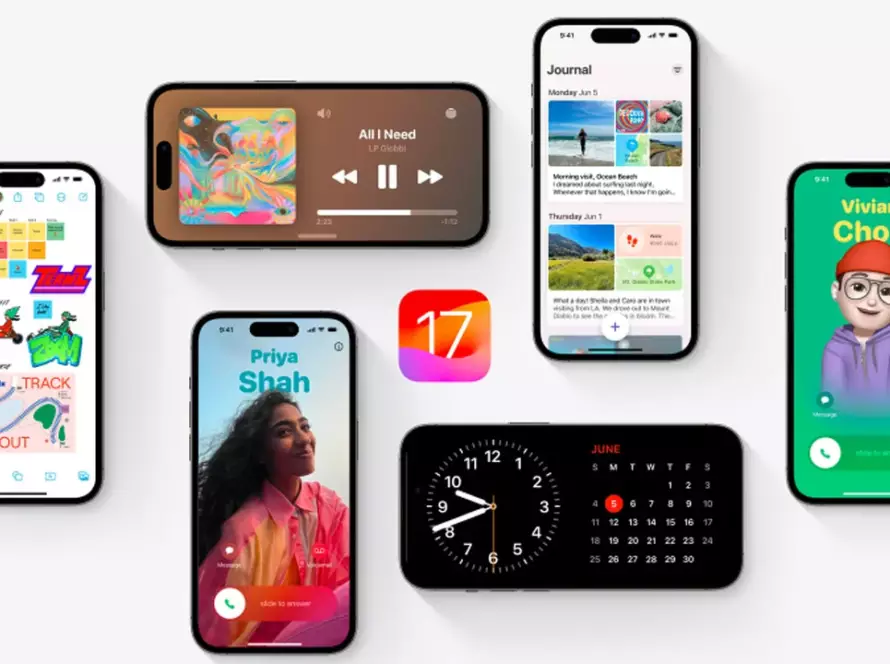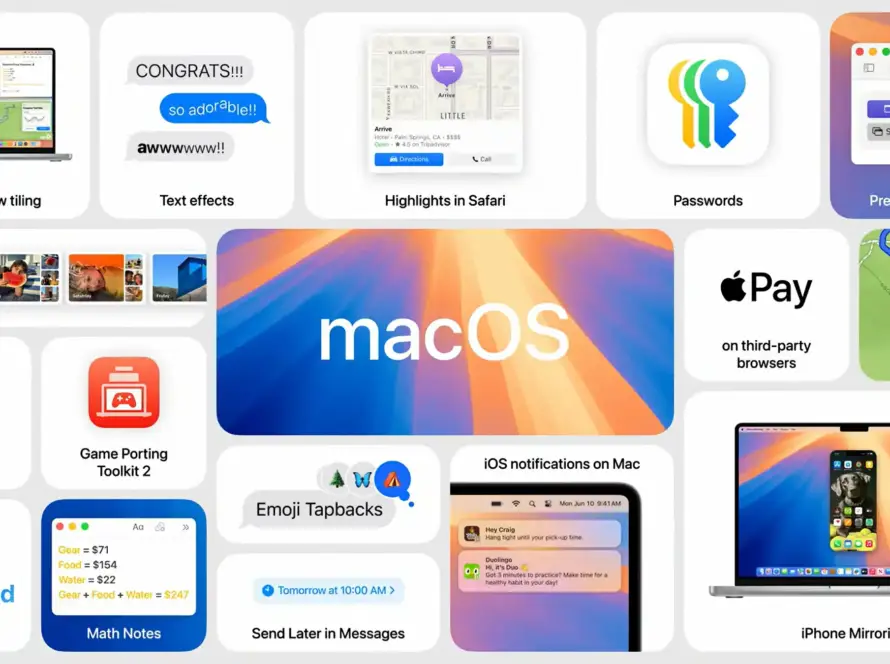Windows 12 (Hudson Valley) is the next version of the operating system that is expected to release sometime in 2024 with new features and improvements.
Although Microsoft hasn’t officially revealed any details of the next major upgrade of Windows, some information has been surfacing on the web, giving us a glimpse of what we can expect in the next version, which may or may not carry the “Windows 12” marketing name.
This guide highlights the new features and changes that (I think) may roll out as part of Windows 12.
TL;DR
These are the new features and details you need to know about Windows 12:
- New system with state separation.
- New silicon-optimized system to improve AI.
- New AI text on image recognition.
- New AI content analysis with contextual prompts.
- New visual desktop visual changes with floating Taskbar and new top bar.
- New ReFS file system support for boot drives.
- Windows 12 release date is expected in October 2024.
- Higher hardware requirements.
What’s new on Windows 12?
Windows 12 is set to introduce a slew of new features, improvements, updates to existing features, and various visual changes. The company will also focus on adding more AI features and faster updates.
New state separation system
Although it’s unclear the actual features and changes that will become part of the new version, recent reports suggest that the company will be partitioning the operating system into different modules with a project known as “CorePC.” This new approach will allow the creation of different editions of Windows 12, depending on the requirements of the device, since not every form factor can offer the same features and capabilities, such as legacy support for Win32 programs.
“CorePC” will also introduce the concept of “state separation,” which is an approach that will divide the entire system into several “read-only partitions” not accessible by the user or third-party apps. In contrast, Windows historically has been using one partition for the entire installation (not counting the boot and recovery partitions), which means that system files, applications, and user data are stored in a single place.
The benefit of separating the components into different partitions allows better management with faster updates while improving the platform’s security. Also, this approach could make resetting a device faster and more reliable.
It has been also been suggested that Microsoft is working on a variant of the operating system for the education market that only runs Microsoft Edge, Office, web, and Android apps, and it’s up to 75 percent smaller than the current SE variant of Windows 11.
As part of this project, the company is also working on a new compatibility layer (internally known as “Neon”) for legacy apps to work correctly on a system that uses a state separation.
New AI features
Windows 12 will also focus on AI features, and Microsoft is already working on improvements to optimize AI for the next version of the operating system.
Some of the new AI features may include the ability to scan content on the screen and offer “contextual prompts to jumpstart projects or apps.” Also, the system may be able to detect objects and text in images so that users can extract that content with a simple copy-and-paste action.
New visual changes
It’s unclear the visual changes that will roll out with Windows 12. However, the company has shown bits of a new design concept for the desktop that features a new floating Taskbar with rounded corners and a new top bar interface with weather, time, and notification information that could bring the desktop to a similar design found on macOS and distros of Linux.
New ReFS file system support
Windows 11 and previous versions have included support for Resilient File System (ReFS), but the file system has only been available for secondary drives on the desktop version of the operating system. Starting with the next version, it’s likely that Windows 12 will include ReFS support for boot drives, meaning that you will be able to install the operating system on a ReFS partition, ditching the New Technology File System (NTFS).
ReFS is a technology to meet storage needs and overcome the limitations of NTFS. For example, the file system can handle large volumes, share storage pools with different systems, and has corruption resiliency.
The integration is already present through the Windows Insider Program, but it’s likely that Microsoft may include this as a new feature for Windows 12.
Will Windows 12 be a free upgrade?
The short answer is yes. Windows 12 is expected to be available as a free upgrade for devices already running Windows 11 or Windows 10.
The new version is expected to become available for compatible system configurations through Windows Update as an optional install since Microsoft is unlikely to force the upgrade to devices. In addition, the company will likely offer the ISO file, Media Creation Tool, and Installation Assistant tool available to install the new version.
If you have a device that never had an installation of Windows, you will need to purchase a Windows 12 product key, which would likely cost as much as the activation of Windows 11 costs – $140 for the “Home” edition and $200 for the “Pro” edition. At the time of this writing, you can even use a Windows 7 product to activate Windows 11, which may also work to activate Windows 12.
Will Windows 12 increase hardware requirements?
Yes, Windows 12 may increase the hardware requirements, but thus far, it appears that only the memory requirement will change from 4GB to 8GB. Similar to its predecessor, the new version will continue to require the TPM (Trusted Platform Module) chip and Secure Boot.
Also, the Pluton security chip may become an optional requirement for devices that include the feature.
Although some of the requirements may change, if you already have a device running Windows 11, it’ll likely support the upgrade to Windows 12.
When Windows 12 will release?
Windows 12 is expected to release in 2024 as the company has rolled back the release schedule for new versions every three years. Windows 11 originally became available in October 2021, which could indicate that Windows 12 might also release in October 2024.
Similar to its predecessor, we can expect that Windows 12 will receive at least one major update each year that will be supported for 24 months. The upgrade won’t be mandatory, but devices will eventually upgrade automatically if the current release is nearing the end of support.
In addition to the feature updates, throughout the year, the operating system will also receive small updates known as “moments” roughly every three months with less significant new features, visual updates, and improvements for existing features.
Should I wait to upgrade to Windows 12?
Yes. Although it’s too early to tell, upgrading a device during the early days of the rollout is usually not recommended, as the operating system may still include some known issues and compatibility problems.
If you have a device running Windows 10, you shouldn’t wait until Windows 12 releases. You should upgrade to Windows 11 and then wait for at least four cumulative update releases before upgrading to Windows 12.



